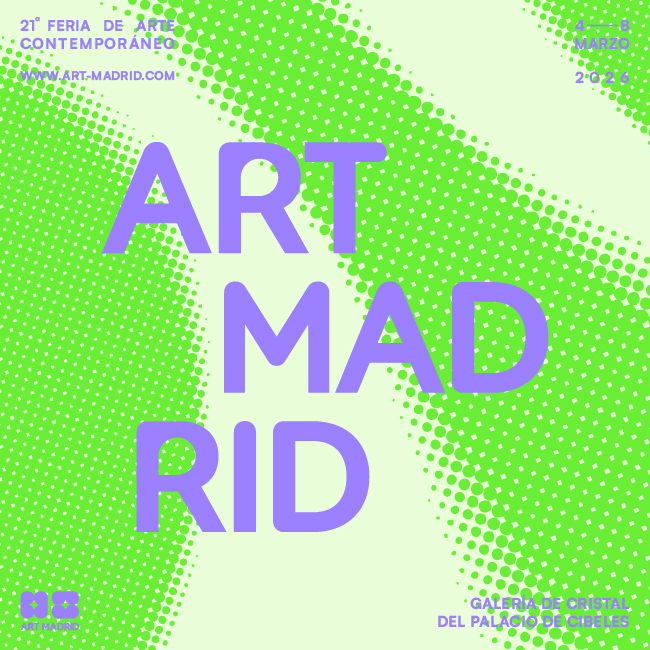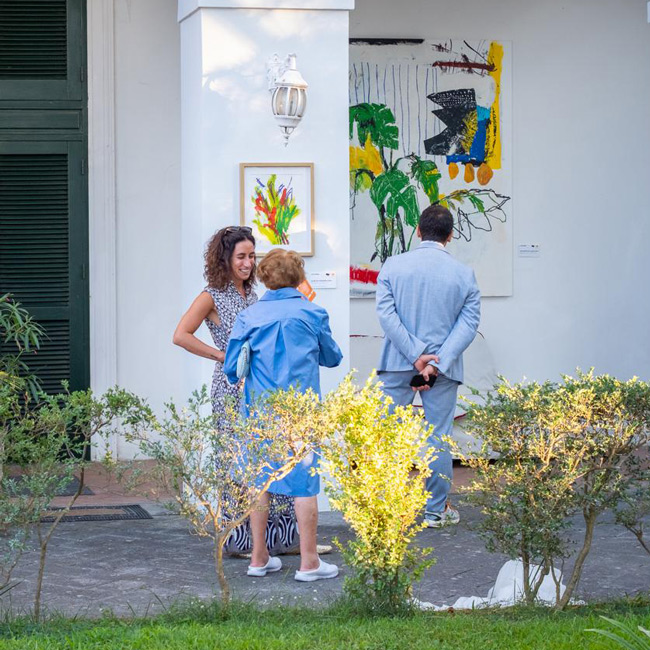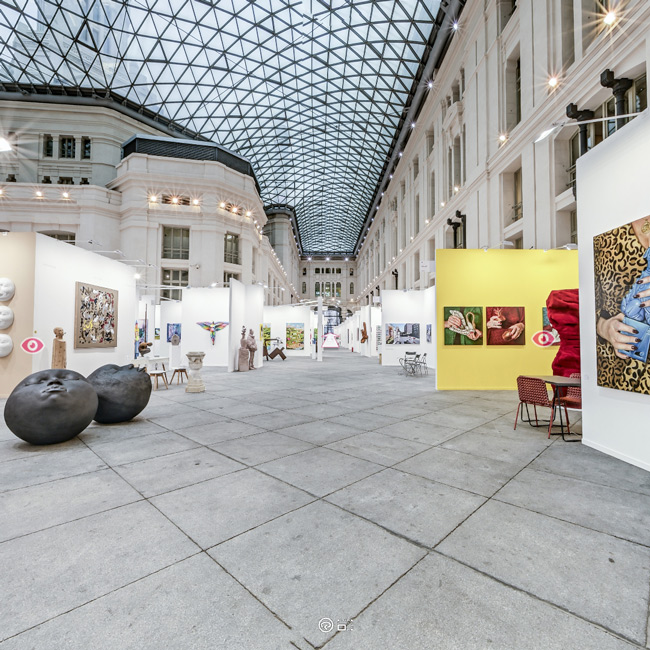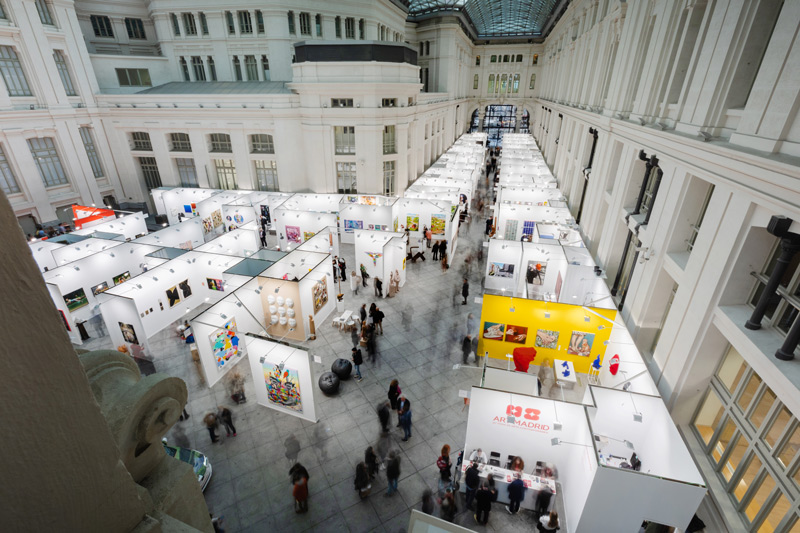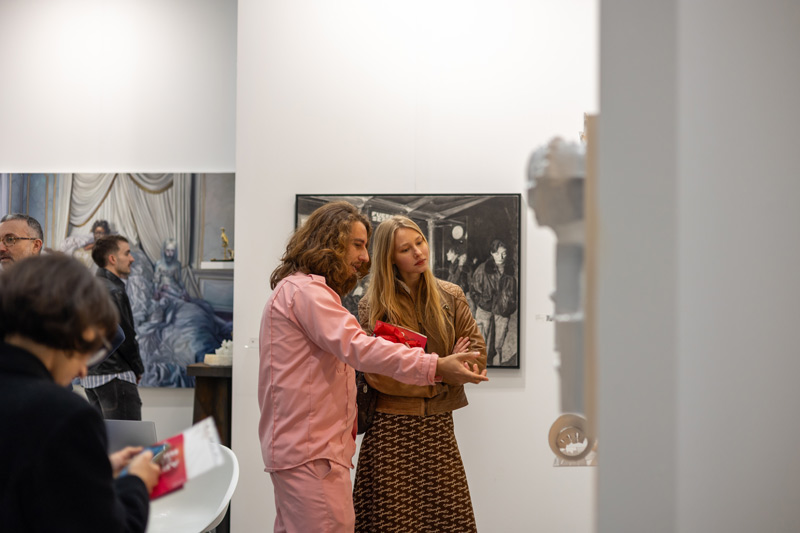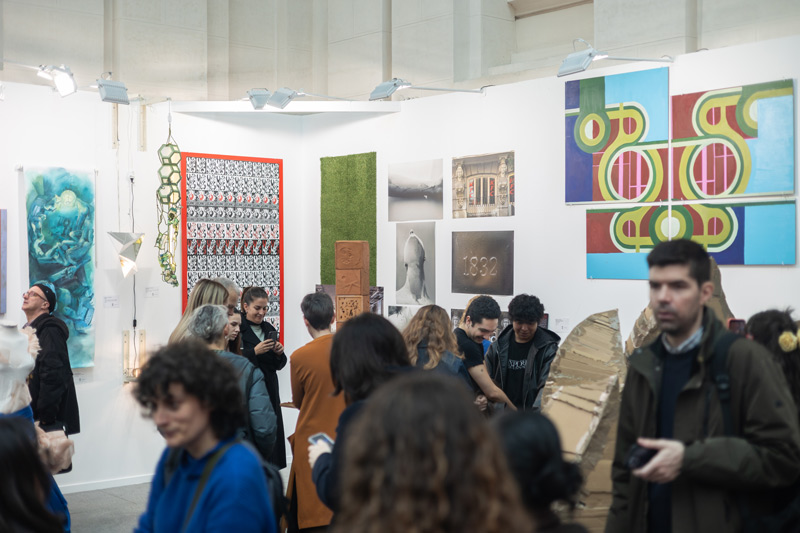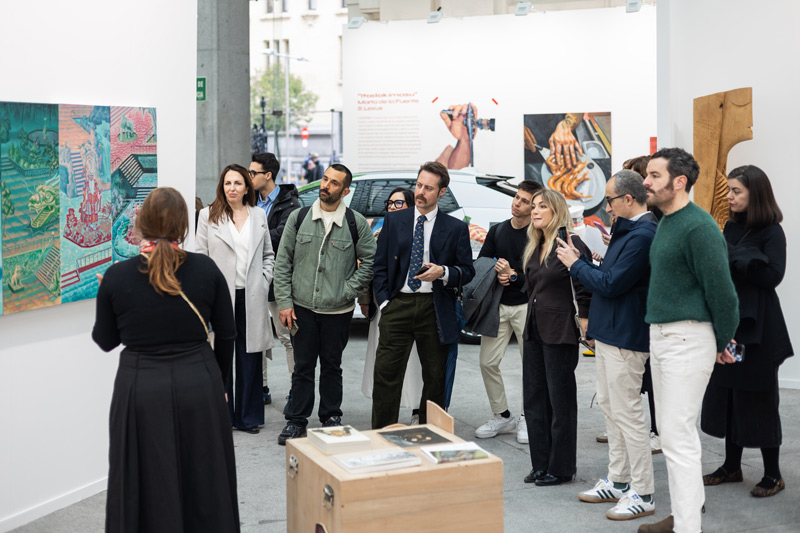THE OWN BRAND OF OUR SOLITARY GALLERIES
Jan 23, 2017
art madrid
In this edition we have the pleasure of having galleries from different points of Spanish geography, Cantabria, Bilbao, Mallorca and Aranda de Duero were not going to be less. With a long experience in the sector, these four protagonists illustrate us with the works of their best artists.
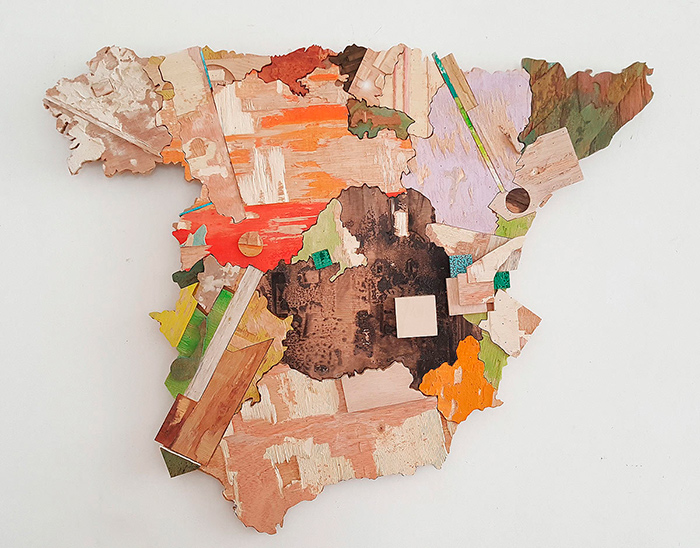
Nacho Angulo, Map, 2016. Mixed technique on wood
The Spiral Gallery, lived its beginnings to the west of the Cantabrian community, changing its location in 2013, premiering in Noja, a small town with a view to the sea that does not leave indifferent to the landscape that surrounds it. Directed by Manuel Sáenz-Messía and Ana Laguna Vela, in its beginnings began to expose the SIANOJA Collection. With the passing of the years, his dealings with contemporary art have crossed frontiers, developing in the same way with national and international art.
The first and second markets were not a challenge to display their innovative languages ??and always to the latest trend. One of its strengths is the great commitment of its gallerists for visibility at national and international fairs of different cities such as Brussels, Strasbourg, Lille, Santander and of course, Madrid. The artists that are going to exhibit in this February edition are: Nacho Angulo, Joaquín Martínez Cano, Antonio Maya, Eduardo Vega Seoane and José Antonio Quintana. All of them are professionals of the sector.
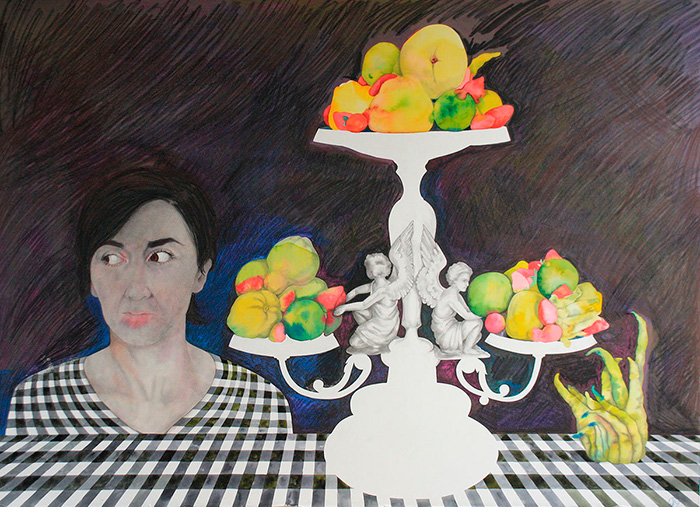
Rut Olabarri, Self-portrait with table, 2016. Watercolor
From Cantabria we travel to Bilbao and here we are welcomed by the Vanguardia gallery. This showcase focuses its attention on the commercialization of the most current and contemporary art. Their great activity when it comes to posing samples and exhibitions makes them stand out. With an average of 6 to 7 annual exhibitions, Vanguardia bets on national and international artists. The new technologies and their commitment to parallel activities reinforce the dynamic and entrepreneurial spirit of the same.
The proposal presented by the gallery, with the artist Ruth Olabarri as the protagonist approaches the theme of Basque matriarchalism based on the legend of the Goddess Mari. It raises the description of the character through the objects that represent or belong to it. It also inquires into the symbolism of folklore through dress and ornamentation.
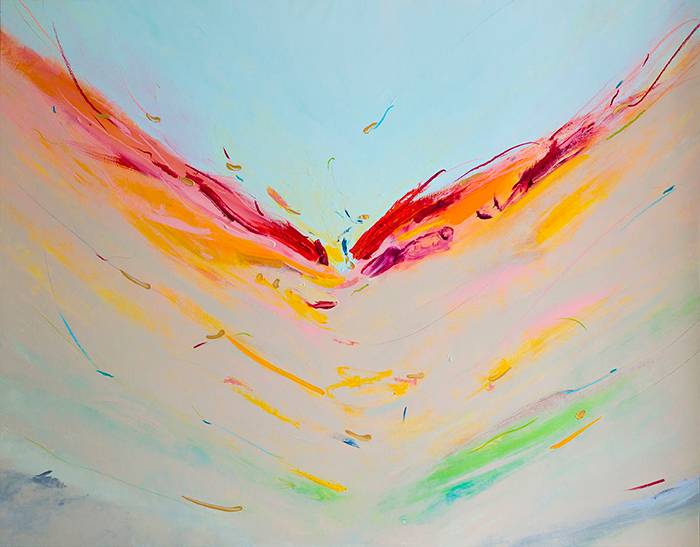
Cristina Mur, Unfurling the Wings, 2016. Acrylic and oil on linen
Entering a little more in the center of the territory, we move to Aranda de Duero (Burgos) where the gallery Rodrigo Juarranz opens its doors. This past year in 2016, the gallery turned 10 years and what better way to celebrate than in the 12th edition of Art Madrid. His best gifts have been to meet two goals of great weight, promoting and marketing contemporary art, a task not easy for the times that run. The eclecticism of its exhibitions plays with the alternation of showing artists of recognized prestige with young powers of great international repercussion.
All a certain when it comes to projecting such exhibitions. But, his work does not end here apart from participating in numerous national and international fairs. The gallery Rodrigo juarranz has published books and catalogs, completing them with the edition of multiple works in engraving and sculpture. For their stand at the fair they have bet by Mar Solís, Marcos Tamargo, Cristina Mur, Beatriz Díaz Ceballos and Diego Beneitez. Five personalities that will give life to the space of this gallery in Burgos.
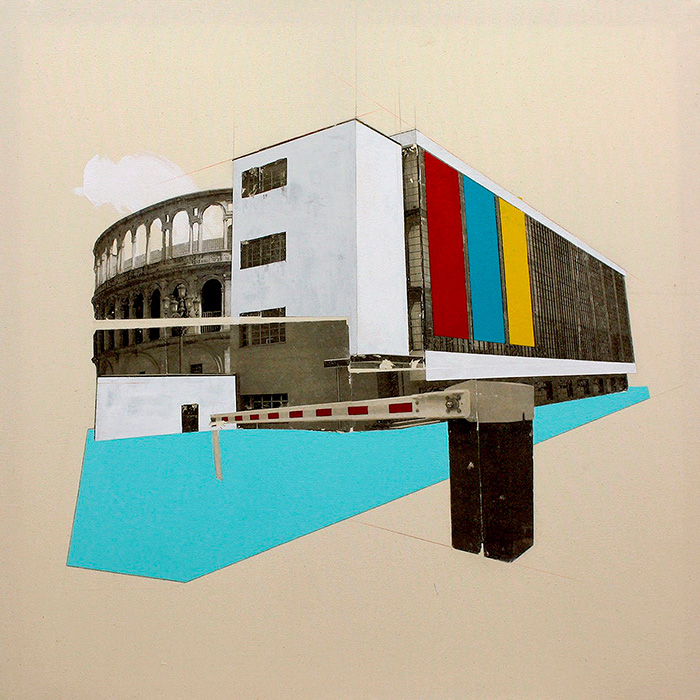
Rubén Torras Llorca, Neo-Coliseum, 2016. Mixed technique on canvas
Leaving the peninsula aside, we flew to Majorca and landed in the Pep Llabrés gallery, a whim of the island that can be visited in the capital. With more than 25 years of experience in the sector, its gallery owner opened the doors of this new space only two years ago. From this new experience he has focused his objectives on betting on the freshest contemporary art.
As the main engine, we highlight the young and dynamic art that supports the most youthful values ??of the sector. The new languages ??of expression, coupled with the experience of great consecrated artists and together bet on the union of different streams that show the identity of the gallery. Robert Ferrer i Martorell and Rubén Torras Llorca, represents the perfection of the theory that wants to make known the gallery in Art Madrid 17.

